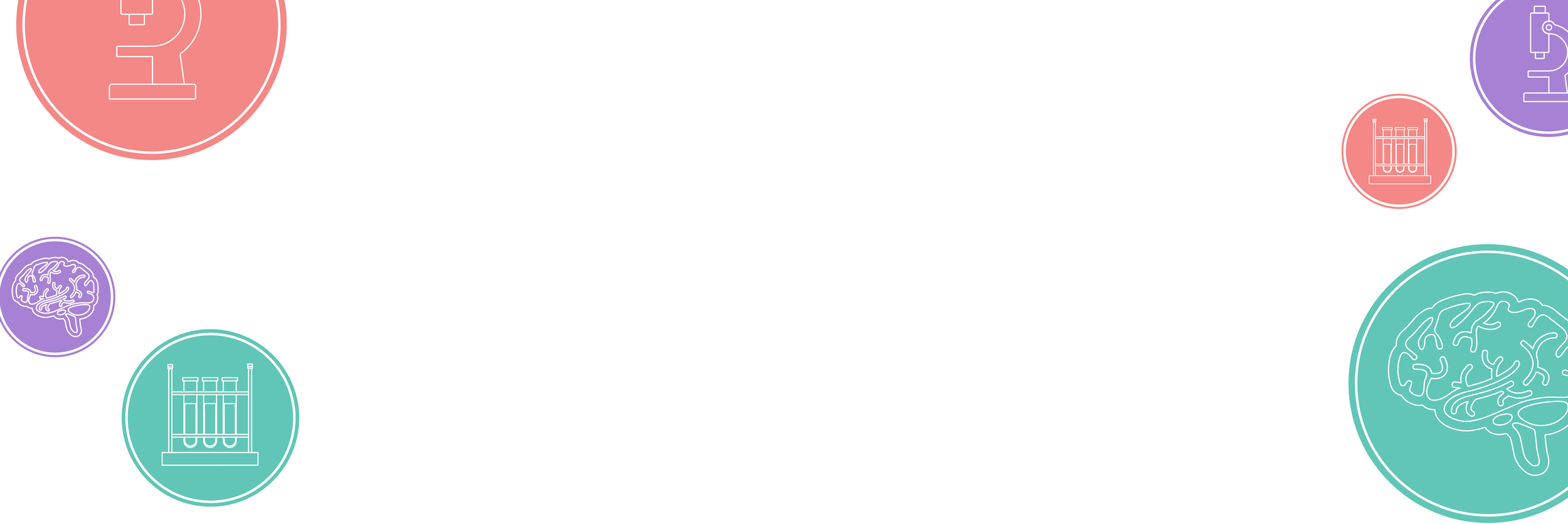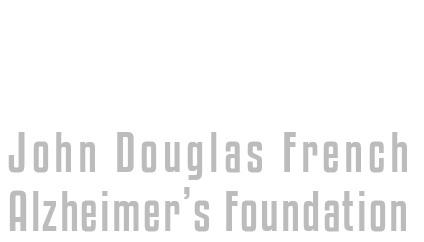

What Is Alzheimer's Disease?
Alzheimer’s disease is an irreversible, progressive brain disorder that slowly destroys memory and thinking skills and, eventually, the ability to carry out the simplest tasks. In most people with the disease—those with the late-onset type—symptoms first appear in their mid-60s. Early-onset Alzheimer’s occurs between a person’s 30s and mid-60s and is very rare. Alzheimer’s disease is the most common cause of dementia among older adults.
The disease is named after Dr. Alois Alzheimer. In 1906, Dr. Alzheimer noticed changes in the brain tissue of a woman who had died of an unusual mental illness. Her symptoms included memory loss, language problems, and unpredictable behavior. After she died, he examined her brain and found many abnormal clumps (now called amyloid plaques) and tangled bundles of fibers (now called neurofibrillary, or tau, tangles).
These plaques and tangles in the brain are still considered some of the main features of Alzheimer’s disease. Another feature is the loss of connections between nerve cells (neurons) in the brain. Neurons transmit messages between different parts of the brain, and from the brain to muscles and organs in the body. Many other complex brain changes are thought to play a role in Alzheimer’s, too.
This damage initially appears to take place in the hippocampus, the part of the brain essential in forming memories. As neurons die, additional parts of the brain are affected. By the final stage of Alzheimer’s, damage is widespread, and brain tissue has shrunk significantly.
AD affects 1-in-10 adults over the age of 65 and half of adults over the age of 85
Two-thirds of AD patients are women
Alzheimer’s disease (AD) is the most common form of dementia
What is Dementia?
Dementia is a general term for any disease that causes a change in memory and/or thinking skills that is severe enough to impair a person’s daily functioning (driving, shopping, balancing a checkbook, working, communicating, etc.). There are many different types of dementia, the most common of which is Alzheimer’s disease (AD). Most types of dementia cause a gradual worsening of symptoms over the course of years due to progressive damage to nerve cells in the brain caused by the underlying disease process, which is referred to as neurodegeneration. The symptoms of dementia vary from person to person and may include memory problems or mood changes or difficulty walking, speaking or finding your way. While dementia may include memory loss, memory loss by itself does not mean that you have dementia. While some mild changes in cognition are considered a part of the normal aging process, dementia is not.
People with dementia may have different symptoms, depending on the type and stage of their particular dementia. A person’s symptoms depend on which part of the brain is affected by the disease process, and they may change over time as the diseases progress to involve different areas of the brain. Different types of dementia tend to target particular parts of the brain. For example, the part of the brain that is important for the formation of new memories is usually affected early on in AD, which is why short-term memory loss is often one of the first symptoms of AD. Other common symptoms in dementia include difficulties with communication, planning and organization, navigation, personality changes, and psychiatric symptoms such as depression, anxiety, delusions and hallucinations.

How Many Americans Have Alzheimer’s Disease?
Estimates vary, but experts suggest that as many as 5.5 million Americans age 65 and older may have Alzheimer’s. Many more under age 65 also have the disease. Unless Alzheimer's can be effectively treated or prevented, the number of people with it will increase significantly if current population trends continue. This is because increasing age is the most important known risk factor for Alzheimer’s disease. AD is currently ranked as the sixth leading cause of death in the United States, but recent estimates indicate that the disorder may rank third, just behind heart disease and cancer, as a cause of death for older people.
AD affects more than 5 million Americans and 50 million people worldwide. This number is expected to triple by 2040
What Happens in AD?
For many people, the first sign of AD is a change in memory, but others may have changes in mood, language or thinking skills. For example, some people with AD may have trouble remembering to pay the bills or organizing tasks at work. Others may have more trouble with planning, difficulty talking or getting lost in familiar environments. AD can also affect a person’s mood, and people with AD may become depressed, anxious, paranoid or irritable. The early symptomatic stage of AD is called mild cognitive impairment (MCI). People with AD gradually need more help from others to complete their daily tasks. They may need help paying their bills, shopping, taking their medications or remembering appointments. Late in the disease, people may need help with bathing and dressing. AD is a disease that changes with time. Most people with AD start having symptoms after age 65, although some people have shown signs as early as age 40. A person with AD can live many years with the disease. Research suggests that a person with AD may live from eight to 20 years or more, although this can vary from person to person.

How Does Alzheimer's Disease Affect the Brain?
The cause of AD is unknown. Scientists know that in AD there is a large build-up of proteins called amyloid and tau within brain cells. These proteins occur normally, but we do not yet understand why they build up in large amounts. The disease process can go on for many years without symptoms, but as more and more proteins form in brain cells, the cells lose their ability to function and eventually die. This causes the affected parts of the brain to shrink.
Scientists continue to unravel the complex brain changes involved in the onset and progression of Alzheimer’s disease. It seems likely that changes in the brain may begin a decade or more before memory and other cognitive problems appear. During this preclinical stage of Alzheimer’s disease, people seem to be symptom-free, but toxic changes are taking place in the brain. Abnormal deposits of proteins form amyloid plaques and tau tangles throughout the brain. Once-healthy neurons stop functioning, lose connections with other neurons, and die. Many other complex brain changes are thought to play a role in Alzheimer’s, too. The damage initially appears to take place in the hippocampus and the entorhinal cortex, parts of the brain essential in forming memories. As more neurons die, additional parts of the brain are affected and begin to shrink. By the final stage of Alzheimer’s, damage is widespread, and brain tissue has shrunk significantly.
How do you treat AD?
Though there is no cure for AD yet, there are medications that help manage the symptoms. These medications are called cholinesterase inhibitors, and they can help a person with AD manage their memory problems. They work by slowing down the worsening of memory problems, but they may not reverse them. Some examples of cholinesterase inhibitors are donepezil and rivastigmine. Often times, people with AD can have mood changes, such as depression or irritability. These can be managed by medications like the ones used for depression or anxiety. In addition to medications, there are various ways to help a person with AD. Research has shown that physical exercise helps to enhance brain health and improves mood and general fitness. A balanced diet, enough sleep, and limited alcohol intake are other important ways to promote good brain health. Other illnesses that affect the brain, such as diabetes, high blood pressure and high cholesterol, should also be treated if present.
What you can do to prevent Alzheimer's | Lisa Genova:











